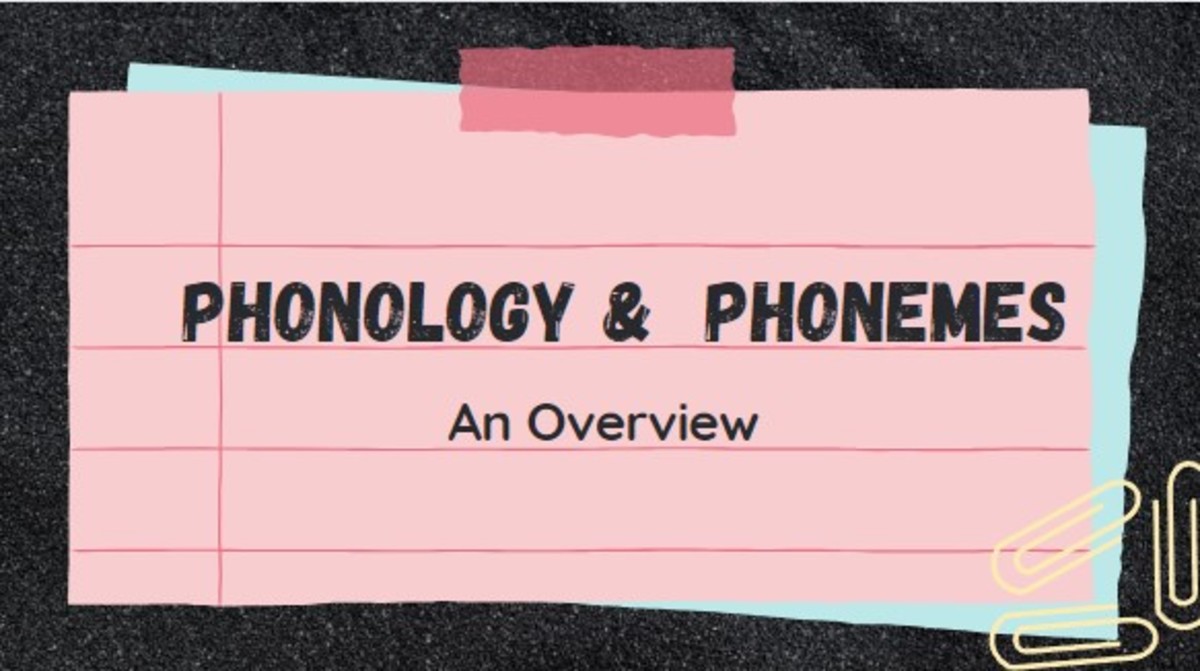Reverse Speech - What Is It?

I was probably about fourteen years old the first time I heard an example of reverse speech. Someone had discovered an “evil” satanic message that could be heard quite clearly when a recording of a song was played backwards. The news spread like wild fire through my high school, and soon every teenager I knew was attempting to hear it for themselves. I'm sure countless numbers of vinyl records were destroyed by kids attempting to make their own discoveries.
One might wonder how it came to be discovered. Why would anyone have a reason to play a record backwards, to begin with? Who knows? I've never been able to find out how it all began, but we have to remember the political and social climates of the 60's and 70's. Anger and resentment over the continuing Viet Nam War escalated into protests and riots. The comfortable family-oriented culture of the 1950's was collapsing under massive societal changes. Drastic shifts in perspectives were changing the way the population dealt with the world around them. Churches once filled to capacity were beginning to echo with emptiness as the younger generation looked elsewhere for personal fulfillment.
The music of the times was often blamed for the decline in morals. The louder it became and the more forceful the message targeted at cultural revolution, the more aggressive those in authority attacked the younger generation. “Evil” messages carried in popular music was just the thing for a faltering religion to use to instill fear in those they hoped to bring back into the flock. These messages seemed to validate the idea that rock music was the way to hell, therefore, all actions taken by those who embraced that type of music, couldn't be trusted. Musicians of such music were now considered the pawns of Satan, leading scores of teenagers down the path to a fiery end.
John David Oates

Eventually, the novelty of backwards messages wore off and teenagers continued to listen to their music of choice. Occasionally there would be a resurgence of interest as another new message was discovered, but it was short lived. In 1983, David John Oates began to investigate the phenomenon he dubbed Reverse Speech. His investigation led to new theories about the way in which humans communicate, bringing him to the attention of both the therapeutic and investigative fields of study. Since then, he has continued with his research, developing and implementing programs of a therapeutic nature.
Just what is Reverse Speech? It describes the phenomenon of hidden messages embedded in verbal communications, which can be heard when those messages are recorded and played backwards. These messages are usually in the form of short statements which are usually directly associated with the forward speech. In other words, what is heard in the backwards clip will reveal something related to the forward clip. The instances of this happening is numerous enough that it is now believed to be a natural facet of human speech, as it occurs in all languages.
From his findings in his research, David John Oates has deduced that human speech is bi-level, both forward and backward. He contends that our forward speaking communications are the results of our conscious mind formulating our conscious thoughts. By the same token, backwards speech is the result of the subconscious mind making itself heard. He maintains that as the human brain is formulating the sounds of speech, it constructs those sounds in such a way as to be able to deliver two messages at once.
The way we communicate with others isn't just about forming words. Our facial expressions, body language, tone and pitch all contribute to expressing the meanings of our conscious thoughts. However, studies have shown that we can give away our private thoughts in the process simply by the manner in which we sit or stand, among other various physical actions. We give hints and clues about the truth of our mindset by the emphasis we place on particular words or syllables when we're speaking.
The Polygraph, better known as the Lie Detector, is still a controversial piece of equipment and hasn't been accepted as a scientific method of detecting deception. This apparatus measures and records blood pressure, pulse rate, respiration and skin conductivity while a person is under interrogation, based on the belief that physiological changes occur when a person is under the stress of giving false answers. Though polygraph advocates claim an accuracy rate of 90%-100%, a 1997 study showed only a 61% accuracy level, with no way to truly prove it accurate.
Reverse Speech has not yet been accepted either. While David John Oates has done a remarkable job of experimenting and documenting his findings, there is still too much to be learned before wide spread acceptance will occur. Just as with the polygraph, there is no known way to standardize the parameters of the practice. For one thing, it is merely an assumption that the reverse statements made are issued directly from the subconscious. Common sense would seem to dictate that since they are not statements being intentionally communicated, they must be coming from the subconscious. However, common sense is not what determines the reality of what is acceptable in our society and what is not. Until we are able to ascertain exactly from where these backwards statements originate, we can not lay claim to the incidences being proof positive. Additionally, there is no way for us to determine the exact meaning of these utterances, since we are not the issuer. Personal perspectives of the interviewers will undoubtedly come into play when attempting to analyze the meanings behind the utterances.
While scientifically speaking it is too early to determine how accurate the processes my prove to be, it is exciting to think of the many possible applications for Reverse Speech. On the lowest level, one can reach within and discover all the quirks, both big and small, which influence our conscious thinking and behavior. It can be used under professional guidance as therapeutic in helping patients to overcome emotional problems, giving direction for living a more balanced life. It can be used to help societies to guard their safety against those who would commit grave crimes against them. It could become an integral part of crime investigations, helping police to find the best direction for launching an investigation.
On a higher level, it may be the best tool for accessing the the Collective Conscious, or maybe I should say the Collective Unconscious, as most people aren't yet aware of it. While we humans tend to be very guarded against anything we can not touch, see, smell, or taste, how can we deny the words which come from our own mouths? We know when we are telling the truth as we see it. We also know when we are embellishing or outright lying for personal gain. We know that some people will believe everything that issues from our mouths, as well as some will not believe a thing. We are intelligent creatures with the ability to recognize when we have been lying to ourselves. What better way to become acquainted with oneself, than to listen to our inner thinking as it verbalizes itself? After all, “To know thyself is the beginning of wisdom.”
If you find this information helpful or interesting, why not pass it on by clicking the Tweet, Like, or +1 buttons provided at the top of the page?









